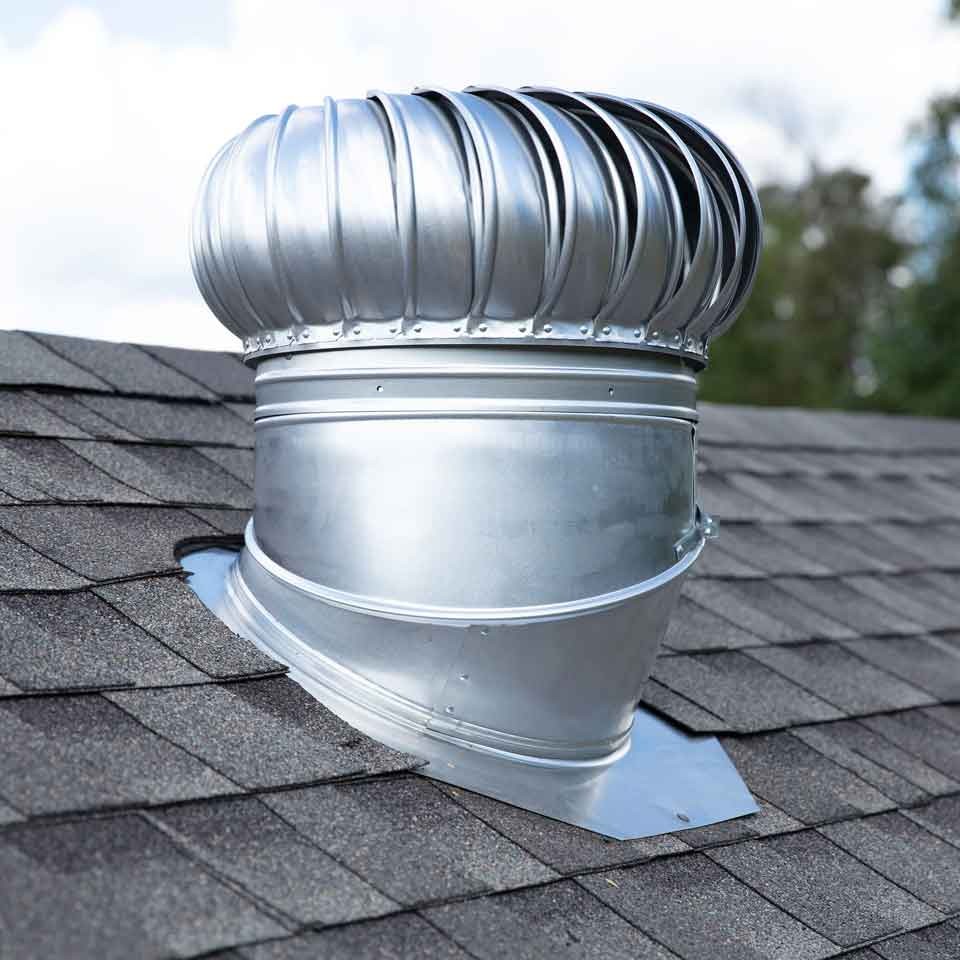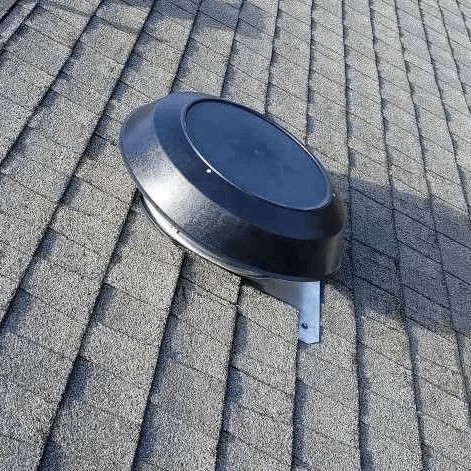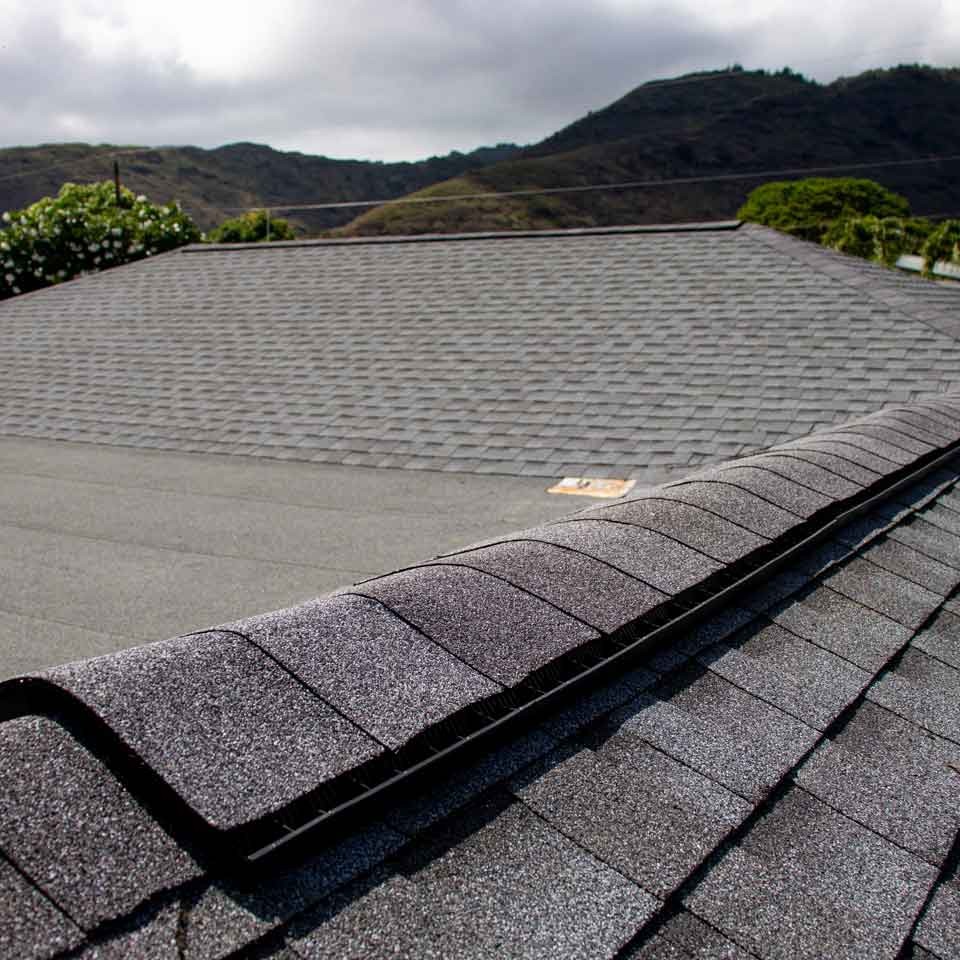Vent Replacement
- Home
- Vent Replacement
Vent Replacement Overview
A proper attic ventilation system is extremely important for the long-term health of your roof. Attics require proper ventilation to keep your home cool and dry, and the vents themselves are subject to the same year-to-year punishment from the elements as the rest of your roof.
Roof vents are essential pieces of a ventilated attic, as they allow for hot, humid air to escape and be replaced by fresh outside air. With no ventilation, warm and moist air stays trapped in the attic underneath your roof, leading to a buildup of condensation and creating prime conditions for mold growth and potentially lowering the lifespan of your roof.
Intake Vents
Most intake vents are installed in the soffit underneath the eaves of the roof. As they’re often protected from most weather damage, they need replacement less often and are usually straightforward to install.
Some homes, however, don’t have soffits, and may have intake vents installed directly into the rooftop itself. These vents are installed beneath the shingles and underlayment, and don’t often need replacement until the entire roof is being replaced. However, improper installation of these vents can lead to leaks, and may require a costly replacement.
Exhaust Vents
Exhaust vents are installed as close to the top ridge of the roof as possible. Replacement for these vents can vary quite a bit, depending on the type of vent and the quality of the products used. Regardless of the type of vents on your roof, they are all in danger of eventual failure. If your roof vents need replacement, you want a roofing company you can trust to Do It Right. We can handle vent replacements of any kind—contact us today!
Types of Exhaust Vents
There are four types of exhaust vents we normally see on modern roofs:

Box vents
Box vents are quite common due to their low cost. They normally should last for over 20 years, but they can be subject to damage, rust, or poor installation, and may need replacement sooner.

Turbine vents
Turbine vents can provide more airflow than box vents. They do contain moving parts, which can suffer more distinctly from damage or wear-and-tear. Cheaper products can also become quite noisy with age, which may necessitate replacement.

Power vents
Power vents automatically start their fan based on internal temperature and humidity controls. However, they are more expensive to replace, and often don’t pair well with an air-conditioned home.

Ridge vents
Ridge vents are installed just under the ridge cap on the roof. Though they may be more susceptible to allowing in dust and debris, they are made from inexpensive and durable materials, and are less likely to develop leaks.
